How do we define humanoid robots?
At present, there is no standard definition for humanoid robots worldwide, and they are often vaguely defined as robots that resemble humans in appearance and behavior. From the perspective of global pioneer explorers, whether Honda's "ASIMO" has regretfully come to an end, or the new force Tesla's "Optimus", the vision of global humanoid robot race participants is relatively consistent, that is, they hope to achieve human-machine interaction, enter every household, and share a social division of labor with humans.
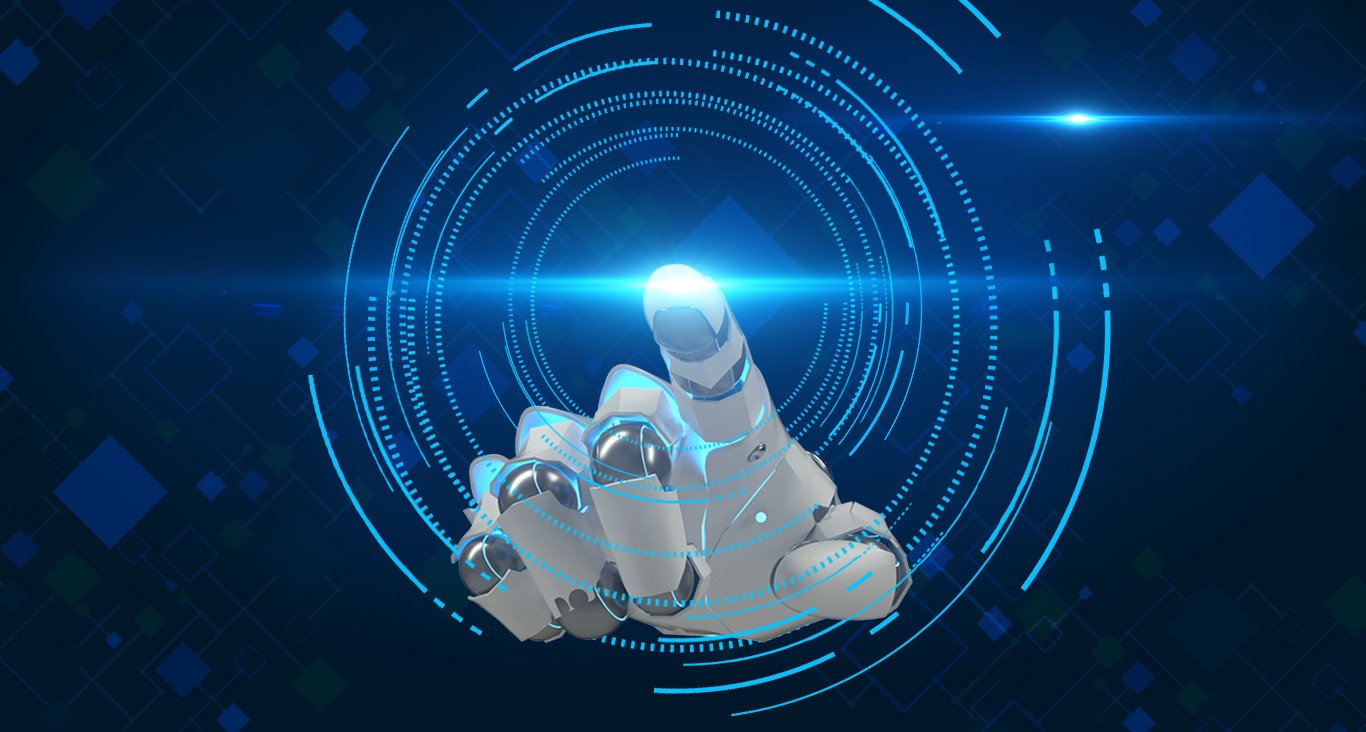
According to the research report of CICC, the absolute advantage of humanoid robots compared to industrial robots and collaborative robots may be reflected in their ability to adapt to human-machine emotional interactions and unstructured scenes. On the one hand, humans are prone to emotional connections with humanoid robots. Bloomberg pointed out that the design goal of humanoid robots is to inspire trust and encourage humans to establish connections with them. On the other hand, humanoid robots can also have many uses in unstructured scene operations. For example, in 2011, a nuclear leak occurred in Fukushima, Japan. Due to the impact of high radiation, rescue workers were unable to enter the disaster area. At the same time, wheeled or tracked robots had limited mobility and were unable to adapt to the complex environment of nuclear power plants. Therefore, the development of humanoid robots has become a hot topic of discussion in the academic community.

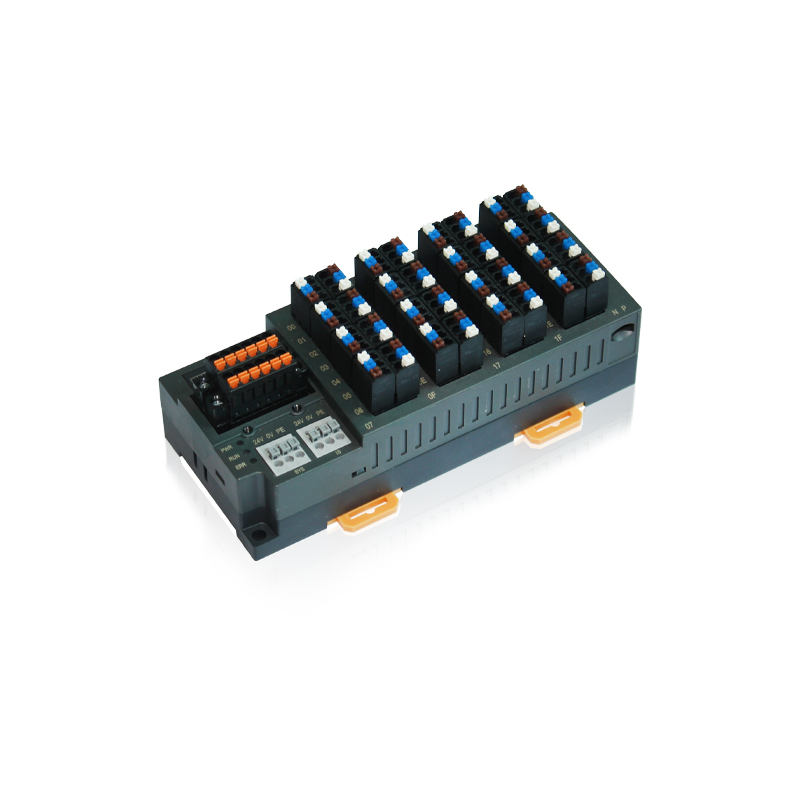
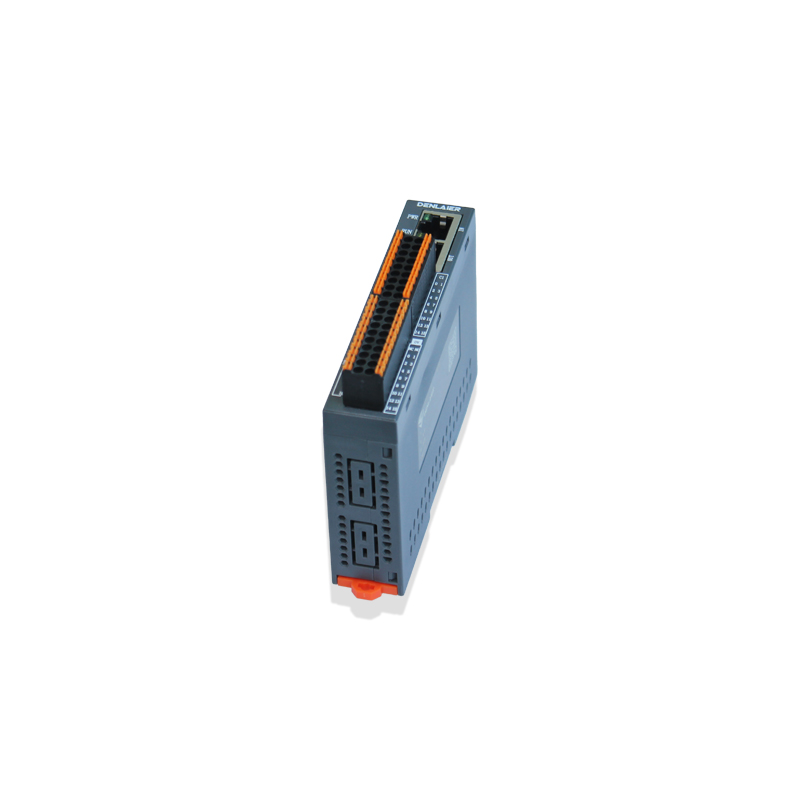
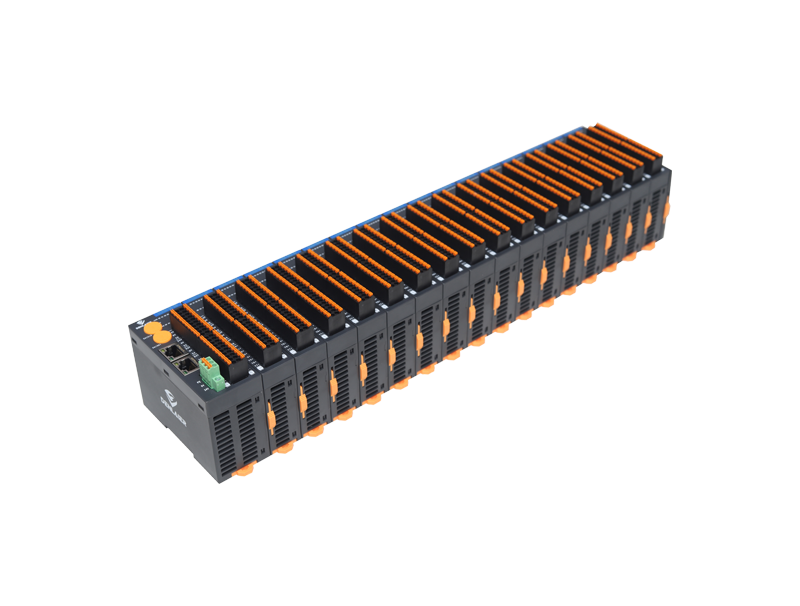
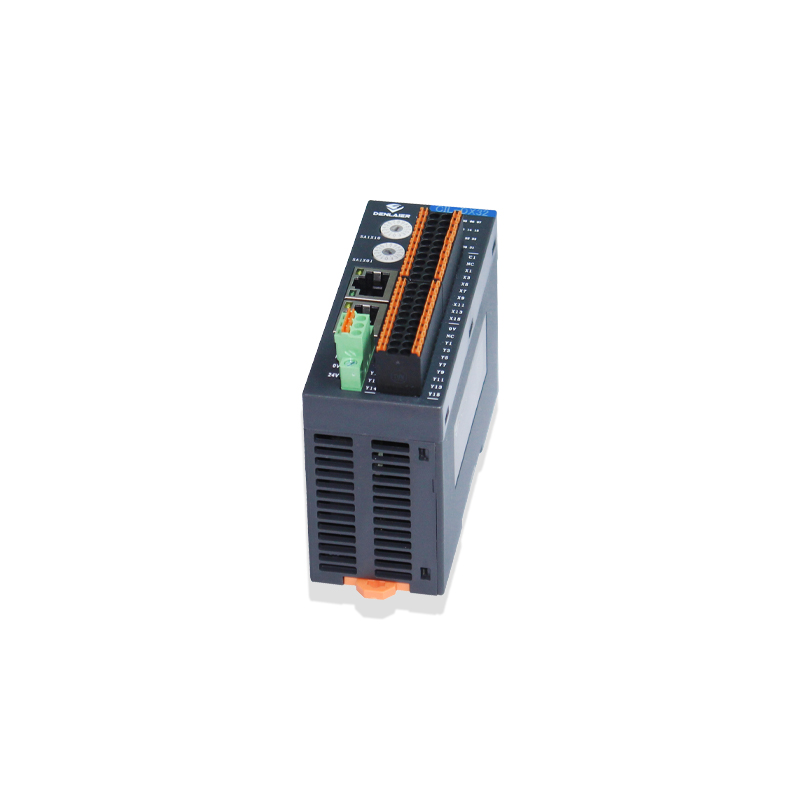
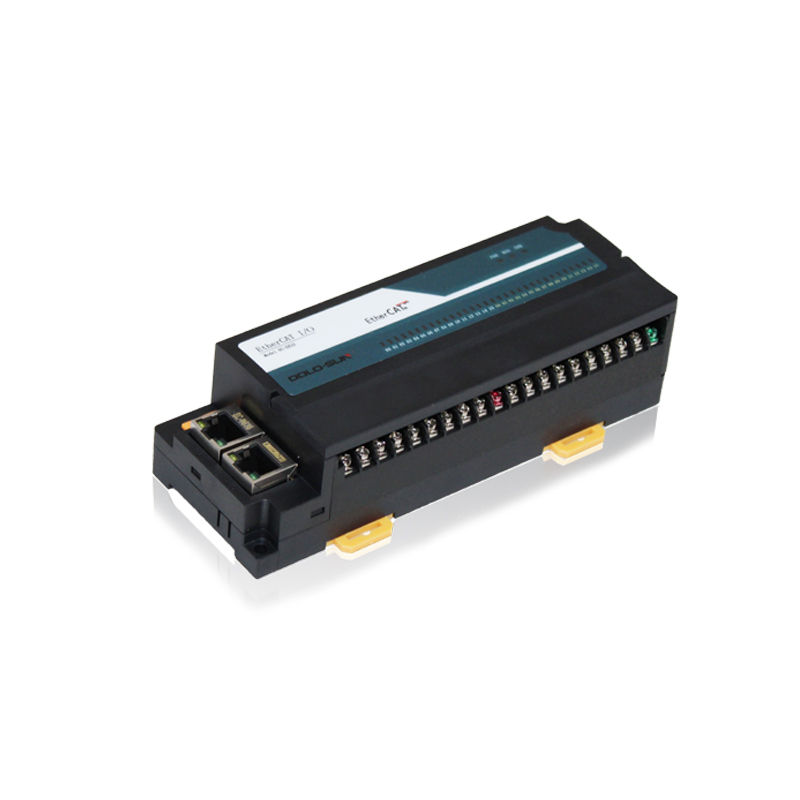
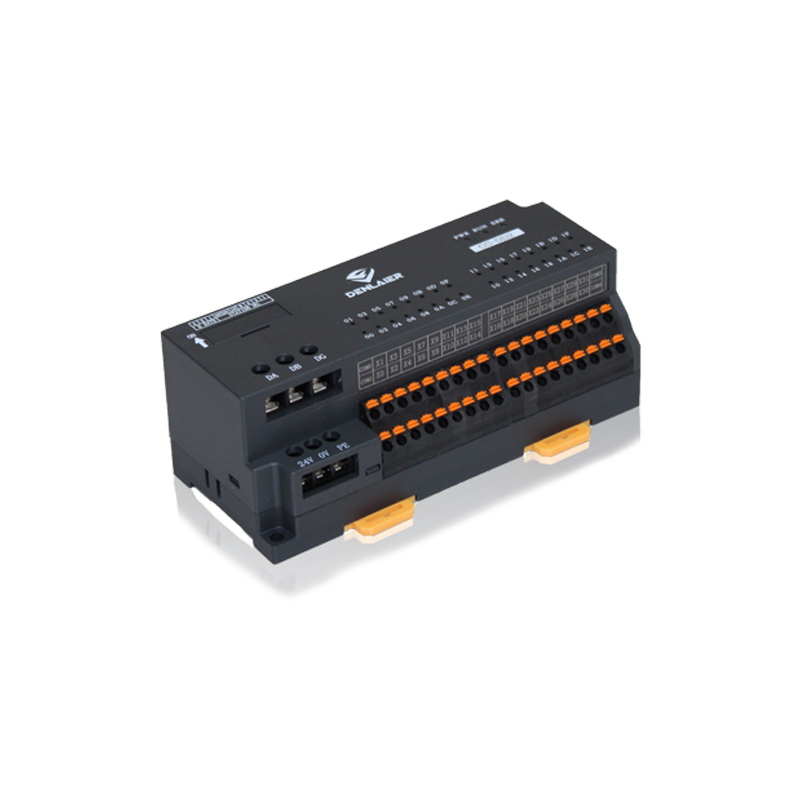
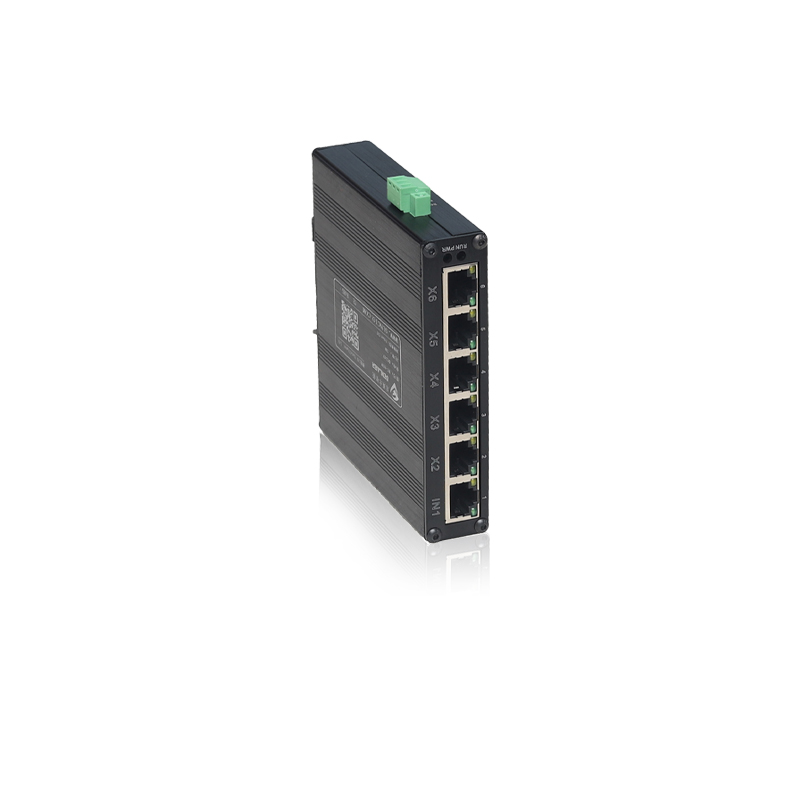
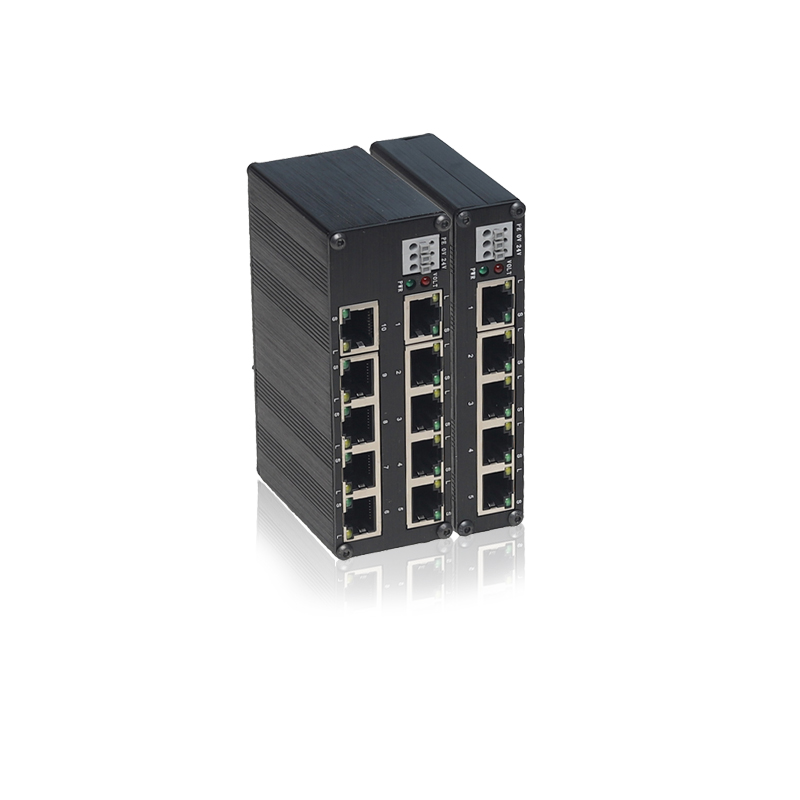
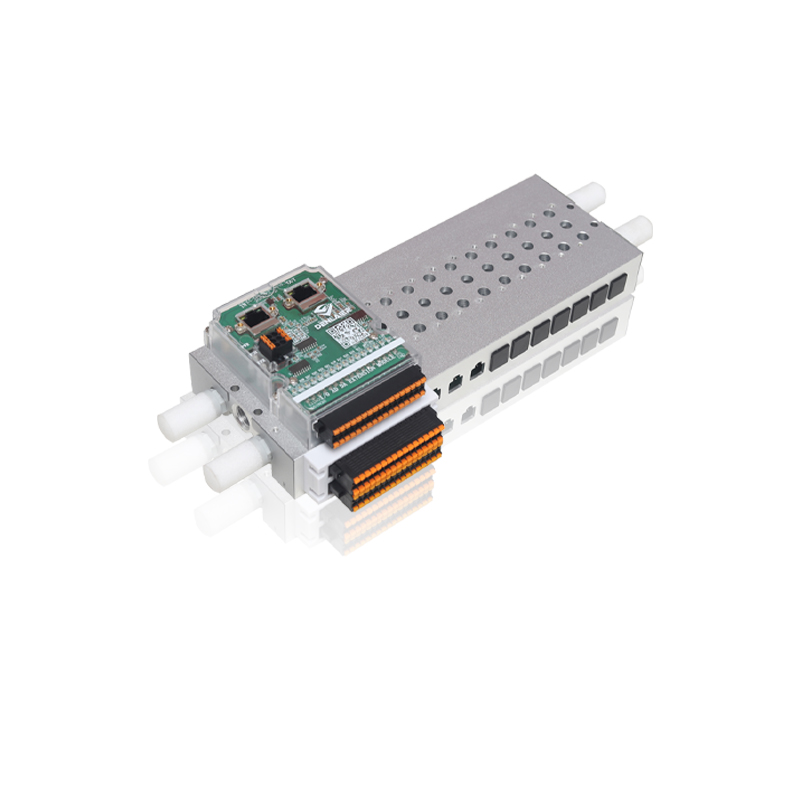
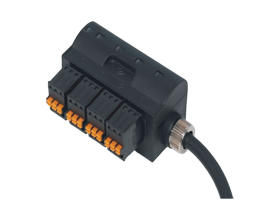
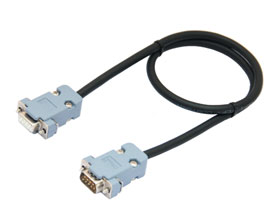


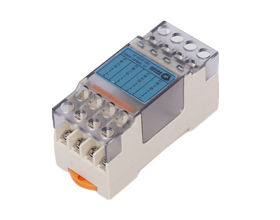
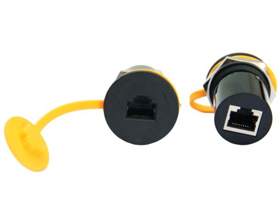

 Follow WeChat
Follow WeChat Official account
Official account